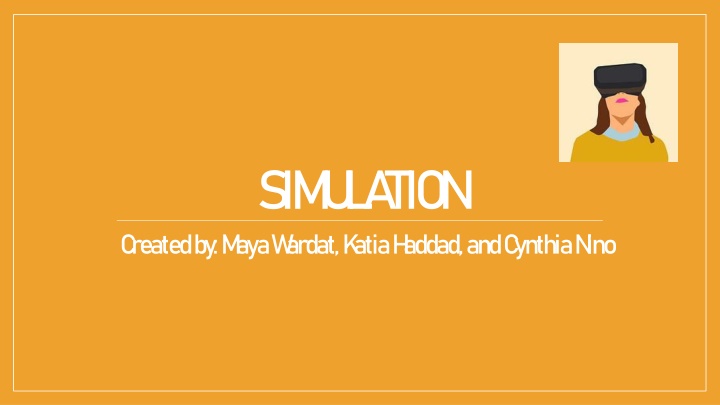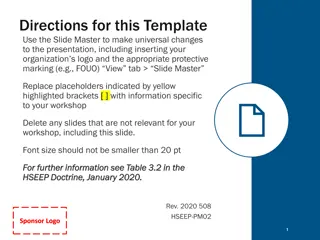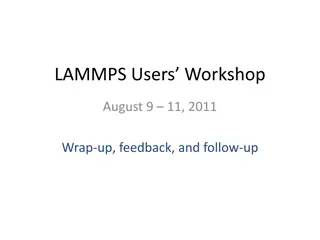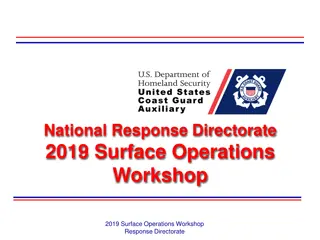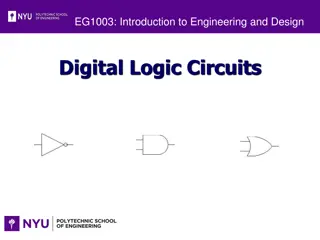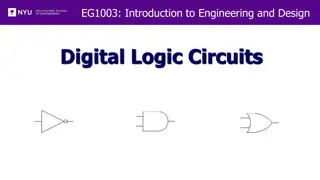Introduction to LabVIEW Workshop
LabVIEW is a powerful tool for visual programming used in various industries. The workshop covers front panel controls, block diagram terminals, data flow, setting up motors, case structures, repetition loops, and more. Learn about creating control structures, managing data flow, and implementing repetitive tasks efficiently in LabVIEW.
Download Presentation

Please find below an Image/Link to download the presentation.
The content on the website is provided AS IS for your information and personal use only. It may not be sold, licensed, or shared on other websites without obtaining consent from the author.If you encounter any issues during the download, it is possible that the publisher has removed the file from their server.
You are allowed to download the files provided on this website for personal or commercial use, subject to the condition that they are used lawfully. All files are the property of their respective owners.
The content on the website is provided AS IS for your information and personal use only. It may not be sold, licensed, or shared on other websites without obtaining consent from the author.
E N D
Presentation Transcript
SIM U L A TION C reated by: M aya W ardat, K atia H addad, and C ynthia N ino
W hat is sim ulation? A sim ulation is a m odel that m im ics the operation of an existing or proposed system , providing evidence for decision-m aking by being able to test different scenarios or process changes.
W hy is sim ulation used? Sim ulation is used to evaluate the effect of process changes, new procedures, and capital investm ent in equipm ent. E ngineers can use sim ulation to assess the perform ance of an existing system or predict the perform ance of a planned system , com paring alternative solutions and designs.
A dvantages of sim ulation: Sim ulation allow s you to explore 'w hat if' questions and scenarios w ithout having to experim ent on the system itself. It helps you to identify bottlenecks in m aterial, inform ation and product flow s. It helps you to gain insight into w hich variables are m ost im portant to system perform ance.
D isadvantage of sim ulation The m ain disadvantage of sim ulations is that they aren't the real thing. P eople m ay react differently w hen faced w ith situations in the real w orld. For exam ple, they are m ore likely to panic if there is a real danger. W ith the increase of virtual w orlds, people are becom ing m ore fam iliar w ith sim ulation.
Types of sim ulations 1. M onte C arlo / R isk A nalysis Sim ulation 2. A gent-B ased M odeling & Sim ulation 3. D iscrete E vent Sim ulation 4. System D ynam ics Sim ulation Solutions
